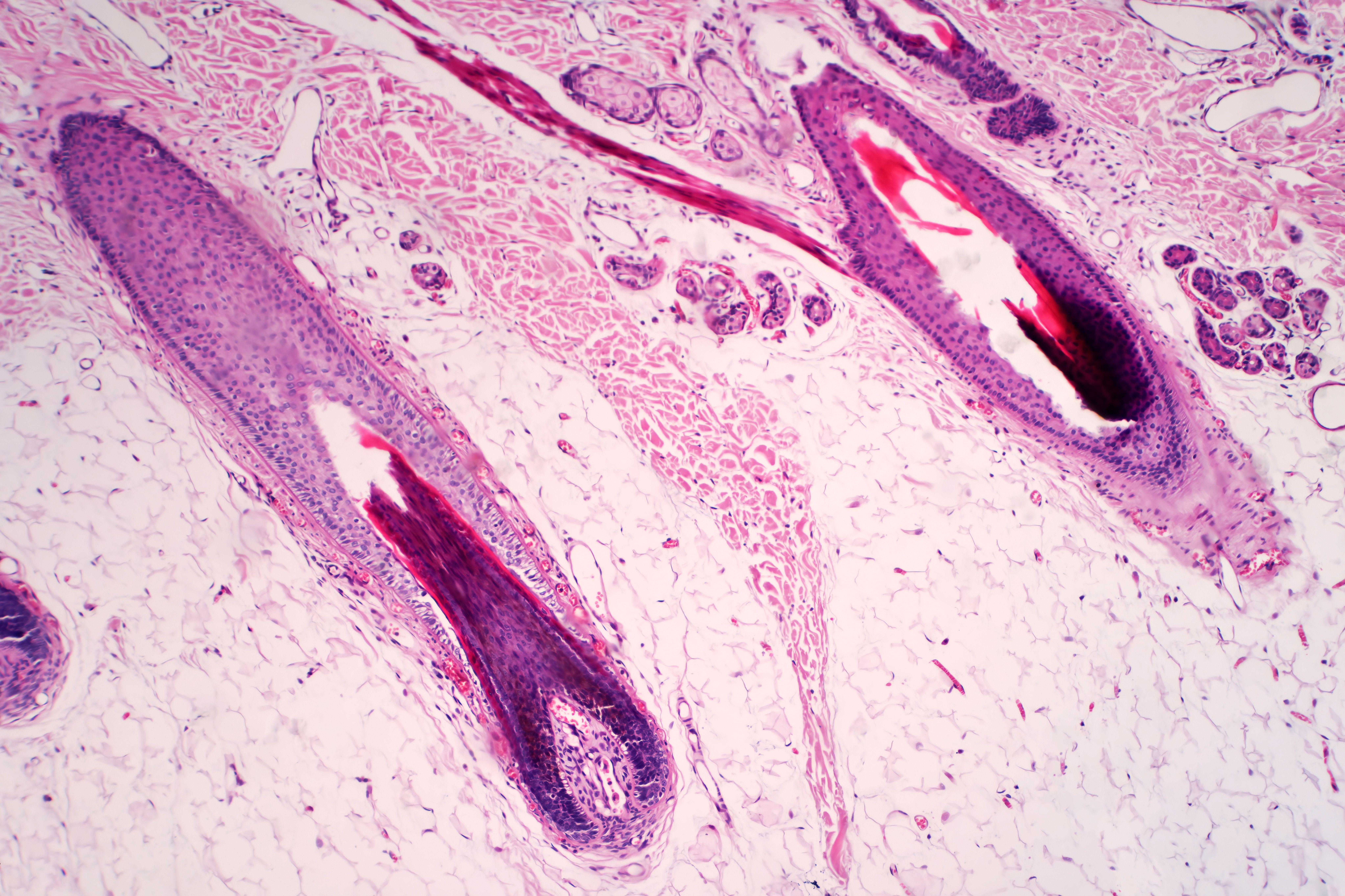- Case-Based Roundtable
- General Dermatology
- Eczema
- Chronic Hand Eczema
- Alopecia
- Aesthetics
- Vitiligo
- COVID-19
- Actinic Keratosis
- Precision Medicine and Biologics
- Rare Disease
- Wound Care
- Rosacea
- Psoriasis
- Psoriatic Arthritis
- Atopic Dermatitis
- Melasma
- NP and PA
- Skin Cancer
- Hidradenitis Suppurativa
- Drug Watch
- Pigmentary Disorders
- Acne
- Pediatric Dermatology
- Practice Management
- Prurigo Nodularis
- Buy-and-Bill
News
Article
Surgical Excision Successful in Treating Folliculitis Decalvans
Author(s):
After 17 months, patients showed no signs of remission.
To treat folliculitis decalvans (FD), researchers performed surgical excision with second-intention healing aided by guarded high-tension sutures and saw successful results.1
The retrospective study included 4 men and 1 woman with histologically confirmed FD who had undergone surgical excision for FD lesions and failed or rejected prior treatments. The surgeries were performed at a Los Angeles clinic between March 2021 and June 2022.
tonaquatic/AdobeStock

An electrosurgical tip was used to excise lesions and hemostasis was achieved through use of electrocoagulation and suturing. Cautery was used to destroy hair follicles in the wound margins to lower the potential for isomorphic reactivation of FD from inflammation of hairs entrapped in the scar of the healing wound margins.
Wound edges were pulled as close together as possible, but not less than 1 centimeter, under high tension, and fixed in place with size 0 polydioxanone sutures in a horizontal mattress method. A medical-grade plastic guard bolstered the sutures. Wounds were left open to allow closure by second intention healing.
Patients were prescribed a 7-day course of oral cephalosporin and returned the day after the procedure for wound inspection and hemostasis surveillance. Daily wound care included using a solution of diluted acetic acid in distilled water for cleaning and Aquaphor or bacitracin ointment. Any wounds still open at the 8-to-12-week follow-up examinations were closed by using a small split-thickness skin graft. High-tension sutures were removed when they became lax due to wound healing, usually between 4 and 6 weeks.
All patients tolerated the procedure well and remained in complete remission over a mean (SD) follow-up period of 17 months.
"While our case series offers promising insights, further validation through larger controlled studies is essential to establish the effectiveness of our technique," said Sanusi Umar, MD, FAAD, of Dr. U Hair and Skin Clinic and head of Harbor-UCLA's scalp and hair disorders division in Manhattan Beach, California, in a press release.2
Limitations of the study included the small number of patients and the retrospective nature of the study.
References
- Umar S, Waterman A, Ton D, Shitabata P. Refractory folliculitis decalvans treatment success with a novel surgical excision approach using guarded high-tension sutures. Clin CosmetInvestig Dermatol. 2023 Sep 1;16:2381-2390. doi: 10.2147/CCID.S422077
- A novel surgical technique brings new hope to folliculitis decalvans patients. News release. September 11, 2023. Accessed September 11, 2023.





